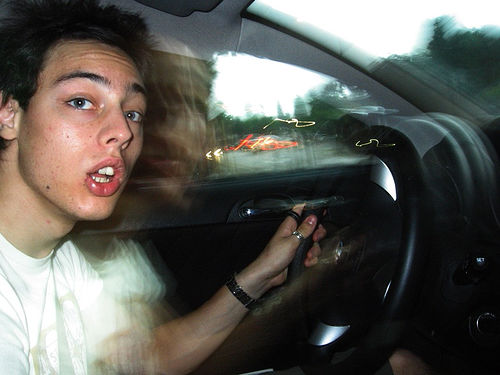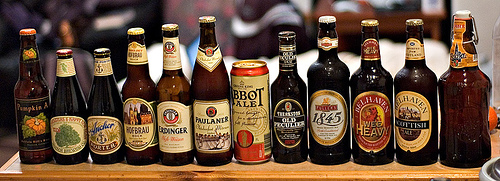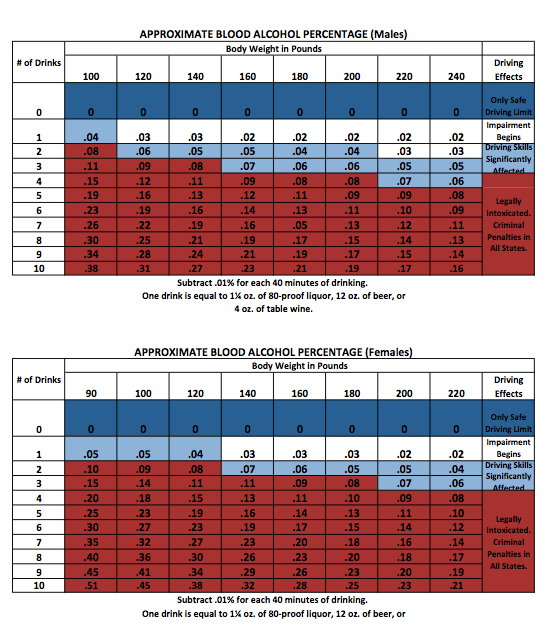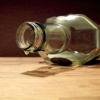 The combination of drinking and driving is deadly. According to the National Highway Traffic Safety Administration (NHTSA), alcohol-related crashes kill one person every 50 minutes. In every state, “drunk driving” is classified as driving with a blood alcohol content (BAC) of .08 or above. Get caught driving above that level and you will surely need the assistance of a DUI lawyer. However, for many of us, .08 is just a number. How can you tell if a person has truly had too much to drink and shouldn’t drive? Janet Cox, president of a collegiate peer education initiative called The BACCHUS Network, has provided some insight into BAC and the signs of alcohol-induced impairment.
The combination of drinking and driving is deadly. According to the National Highway Traffic Safety Administration (NHTSA), alcohol-related crashes kill one person every 50 minutes. In every state, “drunk driving” is classified as driving with a blood alcohol content (BAC) of .08 or above. Get caught driving above that level and you will surely need the assistance of a DUI lawyer. However, for many of us, .08 is just a number. How can you tell if a person has truly had too much to drink and shouldn’t drive? Janet Cox, president of a collegiate peer education initiative called The BACCHUS Network, has provided some insight into BAC and the signs of alcohol-induced impairment.
Factors that Influence the Rate of Intoxication
To begin, we must understand the circumstances that influence alcohol’s effects. Everybody is affected differently and there are several factors that come in to play:
-
Gender - “Generally, men can handle more alcohol than women. This is because women are usually smaller, have more body fat, and have lower total body water content than men. Also, a woman's ability to metabolize alcohol can be affected by her menstrual cycle due to higher levels of estrogen. All of this contributes to higher concentrations of alcohol in a woman's system, even if she is drinking the same amount as a man.”
-
Weight - A heavier person provides more room for the alcohol to distribute itself, thus lessening the effects. The smaller the person, the lesser the distribution space for alcohol.
-
Other Drugs or Medications in the Body - Alcohol itself is a drug and will most likely react with other drugs present in the body. This can increase the level of intoxication and cause other negative side effects.
-
Type of Drink - Drinking alcohol that is diluted with water or juice reduces the volume of alcohol entering the bloodstream. However, drinking straight alcohol or alcohol mixed with carbonated beverages speeds up absorption.
-
Rate of Consumption - The body is able to process one drink per hour. Repeatedly drinking shots, chugging beer, or playing drinking games gives your body more alcohol than it can process. The alcohol sits and waits for the body to catch up. The increased level of alcohol present in the body results in increasing levels of intoxication.
- Eating - Some of the ingested alcohol will be absorbed through the stomach lining and from there, go directly into the blood stream. Food keeps your stomach busy and slows the absorption of alcohol.
How the Body Processes Alcohol
Although the factors listed above will influence the severity of the effects of alcohol, every body processes alcohol in the same way. “When a person drinks alcohol, it can enter the bloodstream as soon as you begin to drink. The molecular structure of alcohol is small, so it can be absorbed or transferred into the blood through the mouth, the walls of the stomach, and the small intestine.”
Biologically, the stomach is slow to absorb its contents. Plus, food could also decrease the rate of absorption. Most of the alcohol will enter the bloodstream through the small intestine. After that, it travels throughout the entire body to every organ system, including the brain.
As alcohol flows throughout the body, the liver is constantly working to metabolize it. Liver enzymes break down the alcohol and it’s excreted from the body. However, the body can only work so fast. As stated above, the metabolism rate is approximately one drink per hour. The liver is the only way for the body to process alcohol. Coffee, cold showers, and other popular remedies do not work.
Levels of Intoxication
When a person drinks more than one drink per hour, intoxication begins. Use these charts to determine your BAC or the BAC level of your friends during a typically night of drinking.
A Spectrum of Body Responses to Alcohol
Now, compare your typical BAC level to the list below, which shows the progressive effects of alcohol. Do these reactions sound familiar? Keep in mind that the legal limit for driving is .08.
| BAC Level | Behavior Exhibited by BAC Level |
|---|---|
| BAC = .01 - .06 | Relaxation; Loss of Inhibition; Lowered Alertness |
| BAC = .06 - .10 | Blunted Feelings; Extroversion; Impaired Reflexes, Depth Perception, and Peripheral Vision |
| BAC = .11 - .20 | Mood Swings; Boisterous Behavior; Slurred Speech; Staggering; Impaired Reaction Time |
| BAC = .21 - .29 | Stupor; Loss of Comprehension; Impaired Sensations; Severe Motor Impairment; Loss of Consciousness/Blackout |
| BAC = .30 - .39 | Loss of Bladder Control; Severe Depression of Breathing and Heart Rate; Death May Occur |
Putting it All Together: How to Prevent Drunk Driving
 Putting together all this information, the drunk-driving numbers make more sense. Now that you know what to look for, hopefully, it will be easier to spot the red flags of a potential drunk driver. Don’t worry - you don’t have to carry around the BAC chart or list of impairment factors. There are a number of mobile apps that will calculate BAC, too. Look for these free or low-cost apps on your smart phone:
Putting together all this information, the drunk-driving numbers make more sense. Now that you know what to look for, hopefully, it will be easier to spot the red flags of a potential drunk driver. Don’t worry - you don’t have to carry around the BAC chart or list of impairment factors. There are a number of mobile apps that will calculate BAC, too. Look for these free or low-cost apps on your smart phone:
- DrinkTracker
- Last Call
- Gauge
- R-U-Buzzed
- iDrinkSmarter
You are armed with all the information you need to stop your friends from driving drunk. But, what if that isn’t enough? How do you stop a buzzed or drunk friend who’s insistent on driving? Here are some suggestions:
- Before you go out: Pick a designated driver or arrange for a sober driver to pick you up at the end of the night. If you all want to drink, be sure to bring enough money for a cab or the bus.
- At the end of the night, take your friend to the side and have a serious conversation. Politely, but firmly, tell him you cannot let him drive home because you care.
- If you are sober, offer to drive your friend home.
- If you don’t have a car or you’ve been drinking, take the lead to call a cab for your friend.
- If you’re at home, have your friend sleep over. This will prevent you and your friend from driving.
-
Take the keys away from your friend. Here are some tips:
- Joke about it. Make light of it.
- Make it clear that you're doing him a favor by taking his keys.
- Find the keys while he is distracted and take them away.
- If it is a good friend or loved one, refuse to get in the car. Tell him you will ride with someone else, take public transportation, or walk.
- If you don't know the person well, speak to his friends and ask them to help get the keys.
- If possible, do not embarrass the person or be confrontational.






